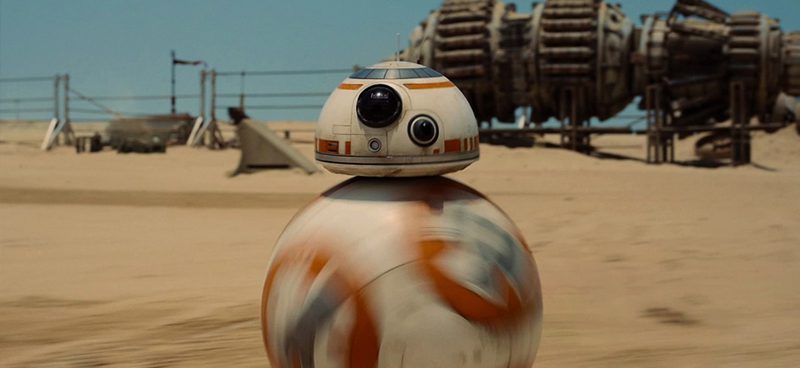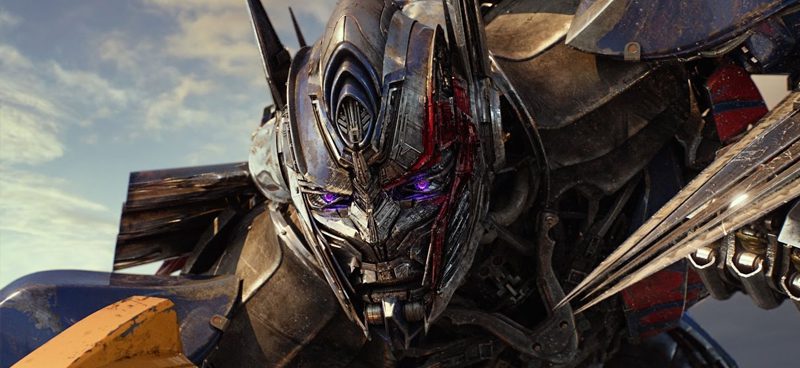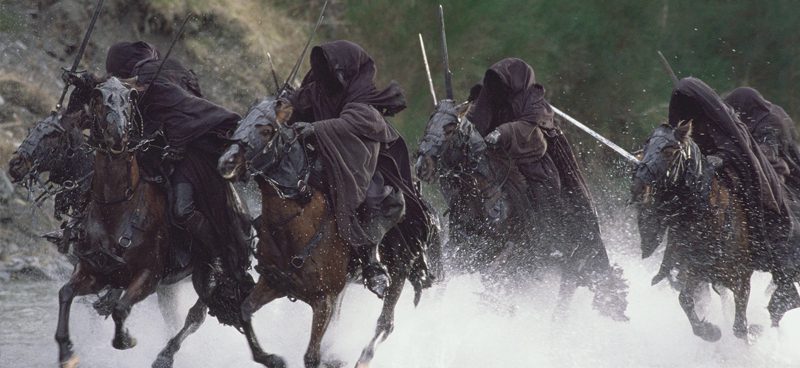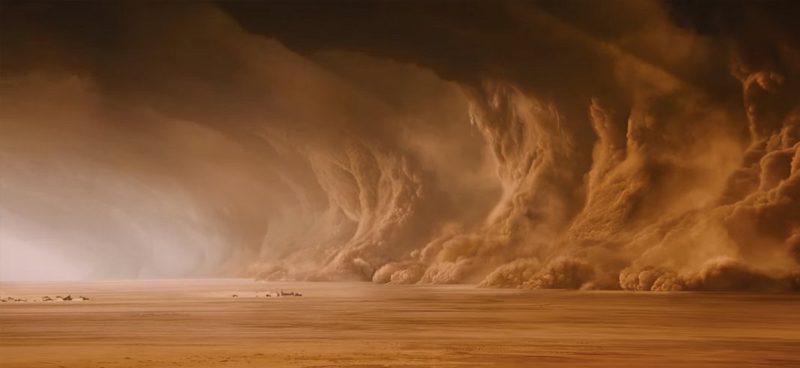Practical Effects vs CGI

CGI vs. In-Camera Effects
Do CGI special effects outperform practical effects? Is CGI ruining the quality of the filmmaking process? Filmmakers are having to wrestle with difficult questions about using CGI in movies, especially as a new wave of practical effects has witnessed a resurgence in to Hollywood. In recent years, we’ve seen practical effects innovations that have brought us movies like Mad Max: Fury Road and Star Wars: The Force Awakens, but these movies also included several portions of CGI special effects that were used to enhance the audience’s experience. Indeed, films like Avatar made history with unprecedented CGI effects that were used throughout the entire film to create an entire world of fictional scenes and creatures. So what’s the latest on practical effects vs CGI?
During an interview with Tested, makeup artist Rick Baker (An American Werewolf in London, Men in Black, The Nutty Professor) spoke to the pros and cons of utilizing CGI to create realistic special effects. He said, “CGI is an amazing tool, and it’s only as good as the artist behind it. I think if you have a very talented director and give him good tools to use, he’ll make a good movie. If you have a crappy director and give him good tools, he’ll still make a crappy movie.”
Can Too Much CGI Ruin a Film?

Transformers: The Last Knight – Paramount Pictures
Some might say that CGI – or at least too much CGI – can turn a good film bad. It depends on whom you ask, but just as CGI can look “fake” if it’s done poorly, it can also lead to poorly finished films. When you’re watching a movie that looks “too perfect” – as though everything has been created with CGI and nothing looks believable, that’s a problem. There’s no measuring stick to tell you what’s “too much” special effects to use in a film, and as long as it’s done well, it shouldn’t matter. Special effects and practical effects can both be overused if used poorly, and if they’re used well, then they can make a movie highly successful and memorable. Achieving a balance of realistic CGI and practical effects is an important part of making sure a movie isn’t “ruined” by its effects – whether it’s CGI or practical effects.
According to makeup artist Tom Savini (Friday the 13th, Day of the Dead, The Texas Chainsaw Massacre 2) during the interview with Tested, “My feeling is that CGI makes it better…It used to be a challenge to try and create what was in the script. Now anything you can imagine can be created on the screen.”
To see the difference in how CGI and practical effects can make or break a movie, check out these articles:
• 12 Worst Examples of CGI in Big Budget Movies
• 25 Greatest CGI Movie Moments of All Time
• 25 Greatest Practical Effects
For examples of how practical effects can be poorly used (and when CGI probably would have been the better course of action), take a look at these “Top 10 Worst Practical Special Effects in Movies:”
Is CGI Better for Landscapes?

The Lord of the Rings: Fellowship of the Ring – New Line Cinema
CGI can be used to create amazing landscapes that could take longer and far more resources to build using practical effects. However, if you’re planning to use a specific backdrop over the course of multiple scenes throughout a film, it could be wise to use practical effects to create a physical structure – that way, no matter what’s going on in front of your background, it will always look the same, and actors can interact more easily with their surroundings. For sceneries that are only used for a few seconds in a film, CGI could be the perfect solution to create a realistic landscape that requires much less time than a the structure and engineering that goes into creating a physical space. Similarly, for physically expansive landscapes, you’ll find that it can be extremely difficult to create a practical effect that’s meant to portray vast scenery, but CGI is capable of creating expansive views that couldn’t possibly be recreated using props or built structures.
Do Practical Effects Help Actors Perform Better?

Mad Max: Fury Road – Warner Brothers Pictures
According to Rick Baker in the Tested interview, “There’s a magic that happens when you have a really great actor in great make-up. He’s there on the set, he can improvise and do things. If he’s on a motion capture stage with a bunch of markers on his face, even great actors have a hard time in an empty room.” This is a perspective that many filmmakers share, and it’s not unwarranted; for many actors, having the practical effects in from of them to interact with can make imagining their roles much simpler, adding authenticity to a film.
Directors share similar views to Baker, including Colin Trevorrow, director of Jurassic World and the upcoming Star Wars: Episode IX. In an interview with Wired Magazine, Trevorrow said that practical effects, including dinosaur puppets, “drew a beautiful performance out of the actors – we couldn’t have done it with a computer.”
Overall, it seems that special effects artists, directors, producers, and actors alike find that realistic practical effects can make the acting in a film more realistic for the cast and the audience. However, in some instances, the value of CGI can outweigh the possible advantages of letting an actor see and feel the effects in a scene, allowing for the inclusion of previously impossible effects. When there comes a time when adding CGI to a scene will make it better – regardless of whether an actor can see the effects on set – then often times, filmmakers will choose to use both practical effects and CGI special effects together, sometimes in the same scene!
To read more about the differences in the uses of CGI and practical effects, check out the full Wired and Tested interviews, and take a look at these articles:
• Hollywood’s Turn Against Digital Effects
• A graphic tale: the visual effects of Mad Max: Fury Road
• 7 Practical Effects in Films You Probably Thought Were CGI
• SFX vs. VFX: Two Effects Artists Discuss the Differences Between Practical & CGI
At The Los Angeles Film School, we offer online and campus animation programs with degree concentrations in visual effects, game art, character animation, and environments & character design. We want to help you discover the possibilities of groundbreaking CGI techniques as well as the ever-relevant use of practical effects.
